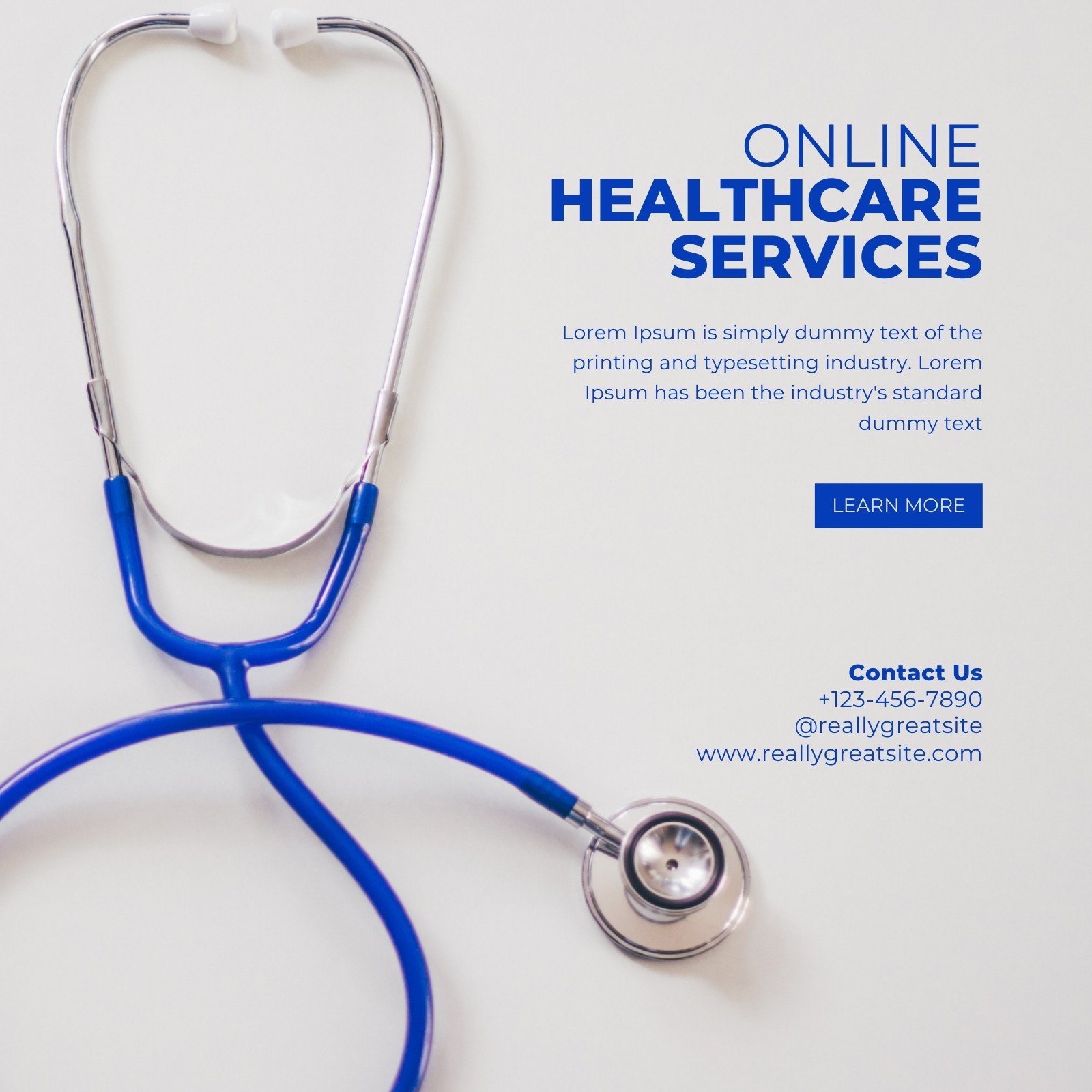The Effect of Subscription Based Healthcare on Conventional Clinical Practices
The Effect of Subscription Based Healthcare on Conventional Clinical Practices
Blog Article
The Rise of Subscription-Based Medical Care and Its Effect on Individual Treatment
As medical care evolves, the subscription-based design is obtaining grip, guaranteeing to revolutionize individual treatment by providing predictability and accessibility. These versions, which bypass conventional insurance, can redefine the patient-doctor dynamic, highlighting preventative and customized treatment. Yet, just like any advancement, they present obstacles, specifically concerning fair accessibility for all socioeconomic groups. The possibility for these versions to reshape healthcare shipment raises pushing questions concerning their lasting sustainability and inclusivity. Are these membership solutions the future of medical care, or do they run the risk of leaving vulnerable populations behind? The ins and outs of this change warrant a closer assessment.
Understanding Subscription Medical Care Designs
Comprehending the concept of membership health care designs includes checking out a transformative method to clinical solutions that emphasizes affordability and availability. These versions, often described as direct health care (DPC) or attendant medicine, have become ingenious choices to typical fee-for-service health care systems. Registration healthcare allows clients to pay a set regular monthly or yearly cost for a defined collection of clinical services, which may consist of limitless office gos to, regular check-ups, and standard lab tests, without the requirement for traditional insurance coverage invoicing.
The structure of subscription healthcare models is designed to simplify client care by getting rid of third-party payers and complicated billing codes, therefore decreasing administrative worries. Medical care carriers can concentrate much more on individual care, fostering more powerful patient-provider partnerships. This design additionally advertises preventative care by encouraging routine visits, as the financial challenge of per-visit costs is removed.
The registration model typically equips healthcare carriers to handle smaller patient panels, permitting more customized treatment. It lines up financial motivations with patient health and wellness results, as suppliers are motivated to keep person fulfillment and well-being. On the whole, comprehending membership medical care versions calls for identifying their potential to reshape exactly how treatment is supplied and accessed.
Benefits for Providers and people

With a constant revenue stream, healthcare experts can dedicate even more time to each person, leading to a more customized and detailed care experience. The focus on preventative care within registration strategies can lead to better client outcomes and decreased long-term medical care costs.
Difficulties and Worries
While subscription-based medical care designs existing countless advantages, they likewise feature a collection of obstacles and concerns that must be attended to. Ease of access stays a considerable concern, as these versions frequently target individuals who can manage regular monthly fees, possibly excluding low-income populaces. This elevates moral questions concerning equitable accessibility to health care solutions. Additionally, the diverse nature of registration strategies can result in complication amongst individuals pertaining to protection specifics, possibly leading to unmet expectations or poor treatment.
Financial sustainability of subscription-based models is an additional issue. Providers should balance the fixed earnings from subscriptions with the variable prices of healthcare services, which might change as a result of unpredicted clinical requirements. This can create stress to limit services or increase costs, potentially influencing client contentment and care top quality.
Furthermore, regulatory oversight of subscription-based healthcare versions is still advancing. The lack of standard structures can why not find out more cause irregular service top quality and liability, complicating efforts to guarantee client protection. The assimilation of technology-- frequently a keystone of these designs-- increases inquiries regarding data personal privacy and protection, as sensitive client details can be susceptible to breaches. Dealing with these challenges is essential for the successful and equitable execution of subscription-based medical care.
Influence on Patient-Doctor Relationships
One significant influence of subscription-based healthcare models on patient-doctor relationships is the capacity for enhanced connection and customized treatment. By embracing a registration version, physicians can handle a smaller individual panel, enabling even more committed time with each person. This enhanced availability fosters a much deeper understanding of a person's case history, lifestyle, and preferences, enabling much more tailored treatment strategies and treatments.

However, it is essential to identify that while subscription-based models may profit those that can manage them, they could unintentionally broaden healthcare disparities. Patients who are unable to participate in these designs may experience reduced accessibility to personalized treatment, potentially impacting their connections with doctor. Thus, while the subscription design supplies promising advantages for patient-doctor partnerships, it additionally presents obstacles that need to be addressed to guarantee fair health care accessibility.
Future of Healthcare Gain Access To

The role of modern technology can not be ignored in this improvement. Telemedicine systems and digital wellness records promote smooth interaction between people and health care companies, breaking down geographical and logistical barriers. Furthermore, innovations in man-made intelligence and Full Article data analytics can even more individualize healthcare by anticipating client demands and maximizing therapy plans.
Nevertheless, the future of healthcare access also provides challenges, such as guaranteeing equity throughout different socio-economic teams. Policymakers and health care carriers should work together to link the electronic divide, ensuring that subscription-based designs stay affordable and inclusive. As these systems mature, they hold the pledge of making health care much more obtainable, reliable, and patient-centric.
Conclusion
Subscription-based medical care designs are improving person treatment by providing a stable cost structure and boosting ease of access. The rise of subscription-based health care urges positive individual involvement, which has the prospective to improve person end results and fulfillment, signifying a transformative shift in medical care shipment.
As health care develops, the subscription-based design is getting grip, guaranteeing to change person treatment by offering predictability and ease of access.Subscription-based health care versions supply unique benefits for both patients and providers, boosting the total health care experience.As health care systems advance, the future of medical care access regularly hinges on the integration of innovative models and basics technologies.Subscription-based medical care designs are improving patient treatment by providing a stable cost structure and boosting availability. The increase of subscription-based healthcare urges aggressive patient interaction, which has the prospective to enhance individual outcomes and contentment, signaling a transformative shift in healthcare delivery.
Report this page